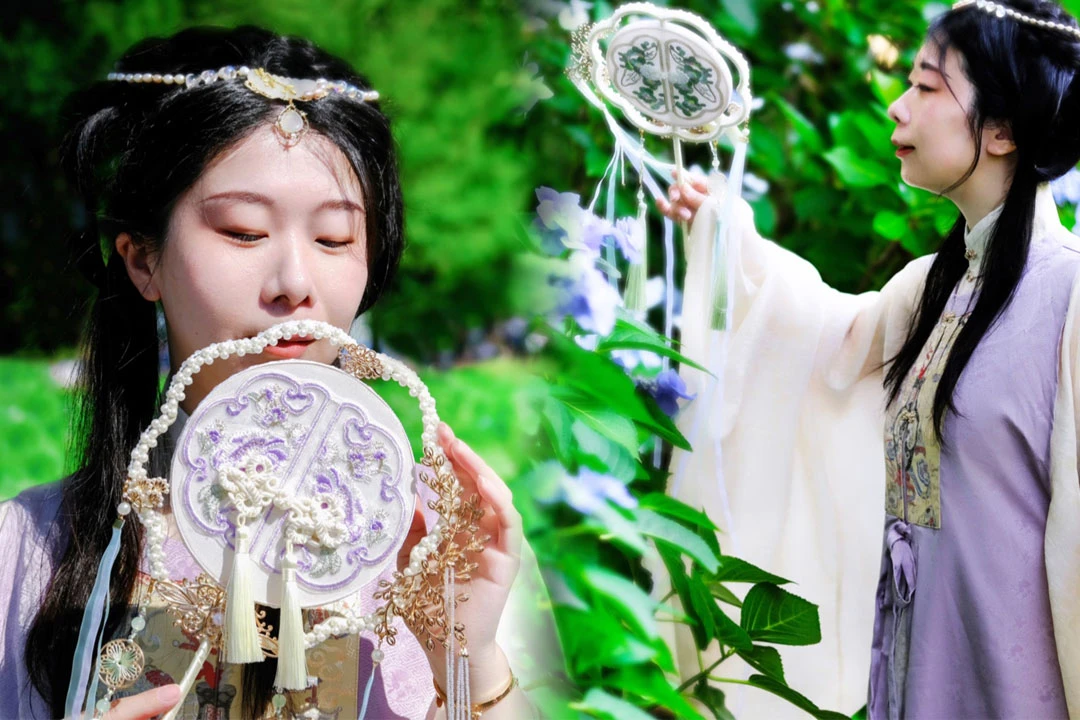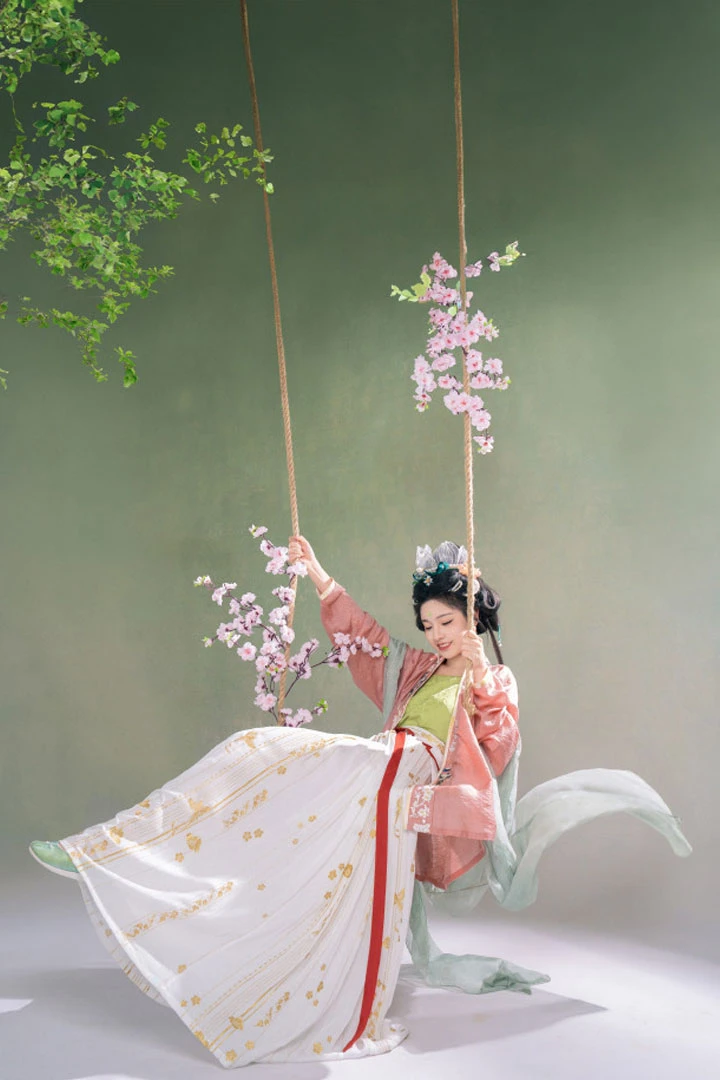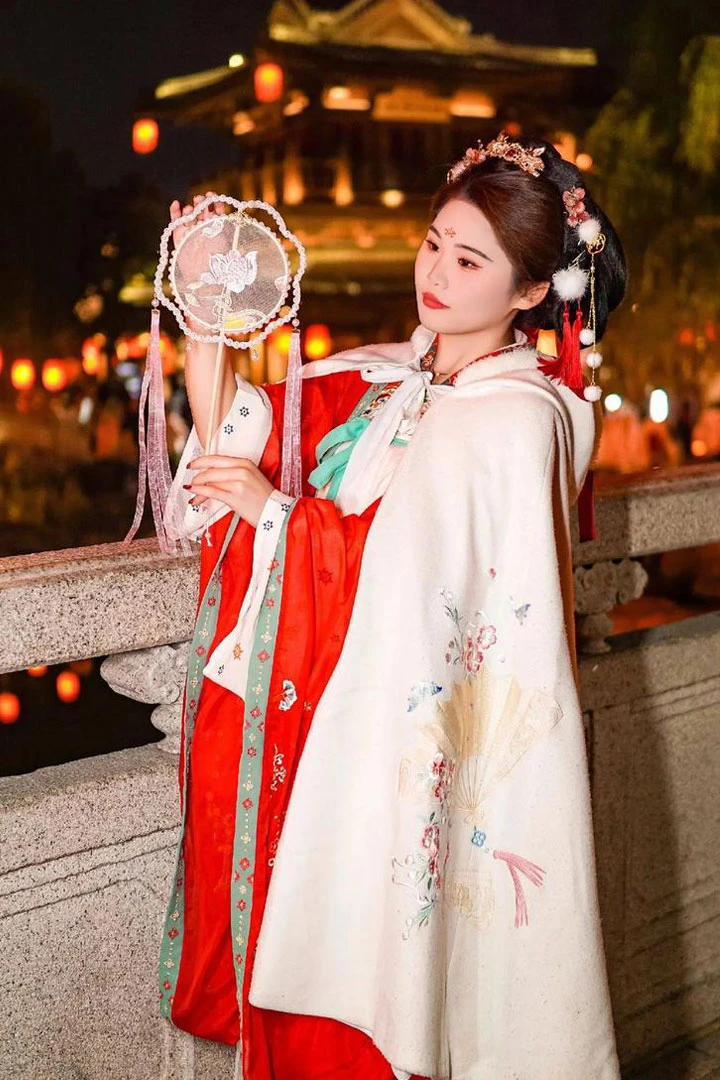Hanfu's Resurgence: A Symbol of Cultural Pride and National Confidence
The recent surge in popularity of Hanfu, traditional Chinese clothing, has sparked both enthusiasm and debate across China. As more people don these garments for everyday wear and special occasions, questions arise about the authenticity of modern Hanfu and the cultural significance of this trend. Experts in costume history and market operators offer insights into this fascinating cultural phenomenon.
Professor Huang Qiang, a distinguished scholar of costume history at Jiangsu Open University, provides a historical context for understanding Hanfu. He explains that traditional Chinese clothing has a rich history dating back to legendary figures like the Yellow Emperor, with each dynasty developing its own distinctive styles. From the deep-robed attire of the Qin and Han dynasties to the loose-fitting garments of the Wei and Jin periods, Chinese clothing has always reflected the aesthetics and social structures of its time.
Importantly, Professor Huang distinguishes between the broad category of traditional Chinese clothing and the more specific concept of Hanfu as it's understood today. While traditional Chinese attire encompassed clothing worn by both Han Chinese and sinicized ethnic minorities throughout China's long history, modern Hanfu typically refers specifically to the clothing of the Han ethnicity, primarily from periods preceding and including the Ming dynasty.
This distinction is crucial because it highlights a key aspect of the current Hanfu movement - its focus on reviving and reimagining a particular strand of Chinese cultural heritage. Modern Hanfu enthusiasts are not simply recreating historical garments; they are engaging in a complex process of cultural interpretation and identity formation.
Guo Zaiquan, a Hanfu designer and cultural advocate with nearly two decades of experience in the field, offers insights into the practical aspects of this revival. His Hanfu cultural exhibition hall in Wuhu showcases replicas of clothing from various dynasties, providing visitors with a tangible connection to China's sartorial past. Guo's approach to designing modern Hanfu involves extensive research, including studying archaeological findings, consulting experts, and visiting museums to ensure a degree of historical accuracy in his creations.
However, both Huang and Guo acknowledge that modern Hanfu is not - and perhaps cannot be - an exact replica of historical clothing. Professor Huang suggests that the term "replica traditional clothing" might be more accurate, as modern designs often incorporate contemporary elements and may blur distinctions between different historical periods or social classes that were once clearly delineated through clothing.
Modern Hanfu: Reimagining Traditional Chinese Attire for Contemporary Life
This blending of old and new reflects the complex nature of the Hanfu movement. On one hand, it represents a surge of cultural pride and a desire to connect with Chinese heritage. As Guo notes, the increasing popularity of Hanfu coincides with China's rising international status and a growing sense of national confidence. Wearing Hanfu becomes a way for individuals to express their cultural identity and appreciation for Chinese aesthetics.
On the other hand, the movement faces challenges in balancing historical authenticity with contemporary tastes and practicality. The popularity of Hanfu on social media platforms has contributed to its mainstream appeal, but it has also led to concerns about oversimplification or misrepresentation of historical dress codes.
The Hanfu Movement: Balancing Historical Accuracy with Popular Appeal
Despite these challenges, both experts see the Hanfu trend as a positive development overall. They believe it has the potential to deepen public understanding of Chinese cultural heritage and inspire new forms of cultural expression. Guo, in particular, is optimistic about the future of "China-style" clothing that incorporates elements of traditional Hanfu into modern fashion designs.
As the Hanfu movement continues to evolve, it serves as a fascinating case study in how societies negotiate between tradition and modernity. The revival of this traditional attire is not just about fashion; it's a complex cultural phenomenon that reflects changing attitudes towards Chinese identity, history, and global cultural exchange.
The key challenge for the Hanfu movement will be to find a balance between historical reverence and contemporary relevance. As more people embrace this form of cultural expression, it will be interesting to see how Hanfu adapts to modern lifestyles while continuing to honor its rich historical roots. Whether worn for special occasions or integrated into everyday fashion, Hanfu represents a vibrant dialogue between China's past and present, offering a unique window into the ongoing evolution of Chinese cultural identity in the 21st century.



